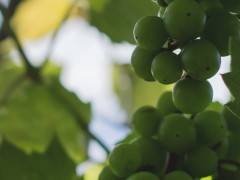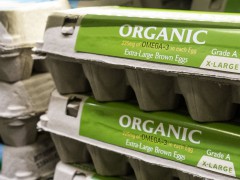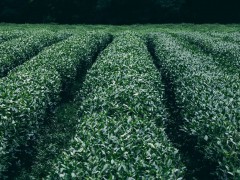I can’t believe it took me three days to change the title of this series to “Your Honor, My Client is a Pig.” I’m slipping.
Yesterday we talked about how the Michigan Department of Natural Resources Invasive Species Order will disproportionately affect the state’s small-scale farmers. Today we’ll talk a bit about how the Mangalitsa breeders responded to the Order and the lesson their example has for other growers.
Last spring, Mosefund Farm and I formed the American Mangalitsa Breeders Association. The typical purpose of breeders associations is to organize the genetic information farmers needs to direct the reproductive development of their animals. An association performs this function by recording the economically valuable traits of its animals in a great big herd book. They then use this database to selectively breed-up the beneficial traits into the population. Ancient technology.
Mosefund wanted to do something more ambitious. In addition to the genetic management role, we designed the Association to be a vehicle to help members jointly manage the reputation of the breed. We also wanted it to be able to intercede on their behalf whenever regulation or market forces jeopardized their interests. When one of our members alerted us to the DNR’s Order, we were lucky enough to have the perfect organization in place to respond. You can read our letter to the Michigan DNR right here.
You can also read the courteous but confusing response we received from Mr. Randy Stokes, Commissioner. Here’s the particular part that left me scratching my head:
“It is the DNR’s understanding that purebred mangalitsa swine do not exhibit characteristics listed in the declaratory ruling, other than potentially striped piglets. The Invasive Species Order would not prohibit purebred Mangalitsa swine based solely on this characteristic”
The response further blurs the rational relationship between the goal of the order and the way the Department seeks to implement it. The contradiction in the first sentence of the block quote is evidence of selective enforcement of the Order. Mr. Stokes admits Mangalitsas exhibit certain “feral” traits, but immediately explains that this single attribute will not suffice to trigger the prohibition. As we pointed out yesterday, the Declaratory Ruling did not pick a specific number of traits which would trigger the prohibition. According to Mr. Stokes, the presence of the single trait, that of piglet stripes, would not condemn a hog to destruction. This certainly seems like an arbitrary and capricious application of the Department’s enforcement power.
Legal criticism aside, however, we did achieve a favorable result for our delicious pigs without expensive courtroom pyrotechnics. Mr. Stokes has now publicly stated he does not intend the order to apply to the purebred Mangalitsas raised by our Michigan members. I would prefer to see the language of the Order amended to clarify the discrepancies I cited. His words, no matter how gracious, holds far less regulatory weight than a properly modified order. If the members agree to press on this issue, we certainly can.
I would also like to see other heritage breeders get the predictable regulatory environment they need in order to do business.
Mangalitsa growers had the forethought to create an organization that could represent them in a circumstance like this. For the farmers without an underlying organization to enforce their rights, the practical and financial dilemma for them as a class still remains. They must expend time and resources as individuals to reassert their property rights. The series this week is really about how they can fight these fights effectively and economically.
Farmers have a whole array of legal resources at their disposal they can use to scale-up their power. There is of course the cooperative, which we have posted about numerous times. The Lanham Act, where our modern trademark law comes from, has a class of trademarks that farmers can use to collectively market agricultural goods. Neither of these examples, just two among many, are revolutionary legal concepts. They are proven organizational tools that have been used for ages by Big Food to protect their interests, conduct their business, and maintain their market dominance. Small-scale farmers have equal access to them all, but they just aren’t using them yet.
In the case of the Mangalitsa growers, we used a typical non-profit structure to achieve the effective resolution in Michigan. The resources for the response were equitably borne by our entire membership. The Association multiplied the force of our complaint. None of this was exotic. None of it was expensive. We were just prepared for this kind of thing, and that made it an easy day.
The nail that stands up gets hammered down. If you grow or process food, it is time to face the realization that the laws of the industry were not written with your diminished scale in mind. Big Food treats regulatory compliance as a cost of doing business and it all factors into the retail price of their products. If small scale producers are going to operate within the food system, they will need to adopt the same view. To succeed in our regulatory environment, small-scale producers need to amplify. A cheap and highly effective way to pump it up is to aggregate, organize, and cooperate. And never turn down an opportunity to stick it to the man.
















